Understanding the Impact of Light Pollution on Ecosystems
Written on
Chapter 1: The Nature of Light Pollution
Light pollution, particularly during nighttime, represents a significant environmental challenge that poses threats to ecosystems. Ecosystems encompass all living organisms within a specific area and their interactions with one another and their surroundings. While many tend to associate pollution with tangible contaminants like chemicals, plastics, and airborne particles, it is crucial to recognize that less visible forms of pollution, such as artificial light, also have profound effects.
Currently, approximately 80% of the global population experiences light-polluted night skies, a figure that continues to rise with increasing urbanization.
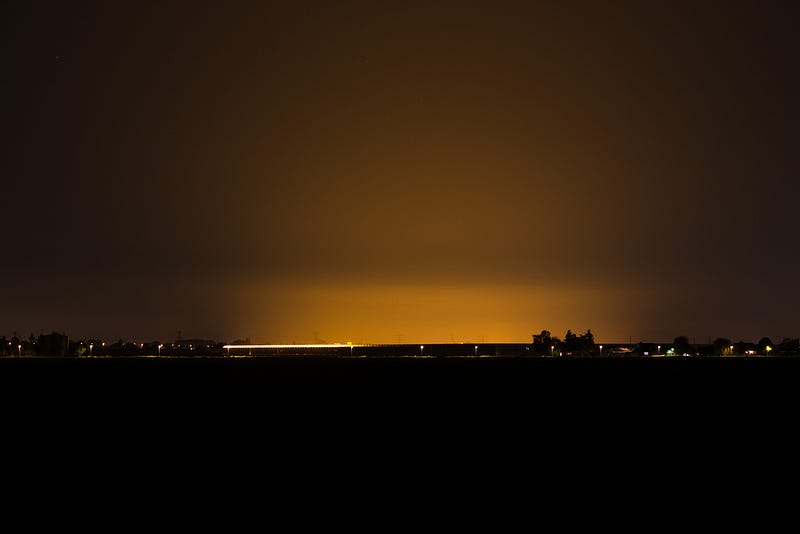
Chapter 2: Effects on Wildlife
Light pollution significantly impacts animal behavior and ecology. Many species rely on natural light patterns to regulate their biological cycles, including reproduction and migration. Disruption of these patterns can lead to confusion and misalignment with seasonal changes. For instance, the hormone melatonin, crucial for sleep regulation, is affected by artificial lighting.
Certain species, like fireflies, use bioluminescence to attract mates. However, increased artificial light can interfere with their visibility and disrupt communication.

Moreover, light pollution can disorient migratory animals, hindering their ability to navigate and increasing vulnerability to predators or vehicles. Newly hatched sea turtles, for example, rely on darkness to find their way to the ocean. Artificial light can misguide them, leading to higher mortality rates.

Chapter 3: Impact on Flora
Plants are also adversely affected by light pollution, as their growth cycles are intricately linked to light exposure. Artificial lighting can confuse seasonal cues, causing some plants to grow during inappropriate times, making them susceptible to environmental stressors like cold weather.
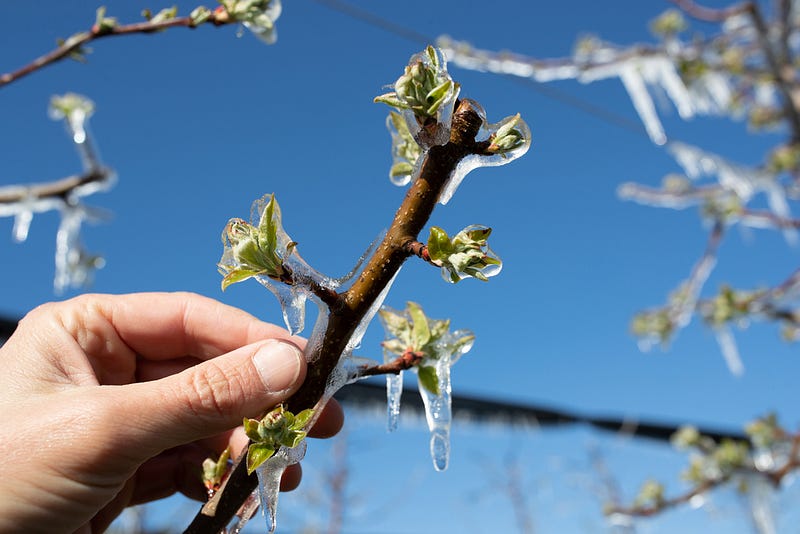
Furthermore, the limited spectrum of artificial light can physically harm plants, altering their leaf color and causing damage. For example, blue LED lights may lead to leaf burn, undermining plant health.
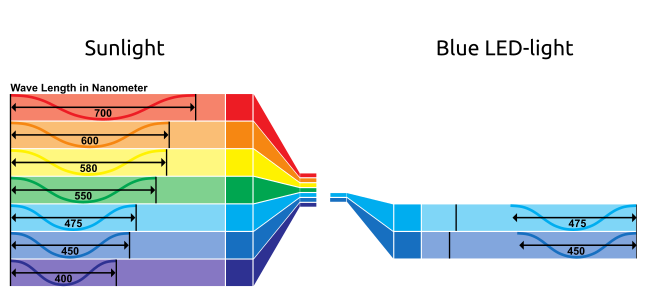
Chapter 4: Ecosystem Functionality Disruption
The effects of light pollution extend to the overall functioning of ecosystems. It can impede energy flow, affecting nutrient cycling and predator-prey dynamics. For instance, when primary producers like plants fail to thrive due to inappropriate flowering times, it can cascade through the food web, impacting consumers like mice and, consequently, their predators.
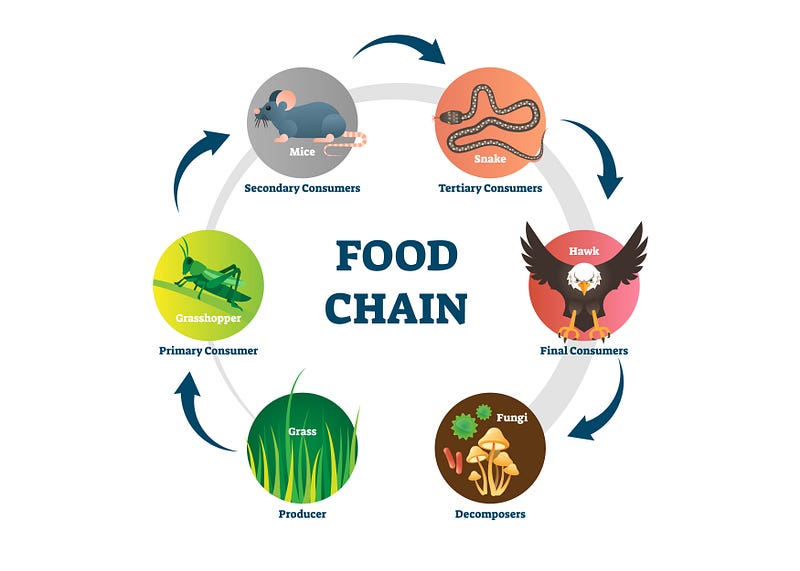
Additionally, light pollution interferes with the transmission of vital information within ecosystems, including physical cues and chemical signals. This disruption can hinder the mating behaviors of animals or the migration patterns of birds, ultimately affecting their reproductive success.
Chapter 5: Taking Action Against Light Pollution
To mitigate light pollution, both individuals and communities can take proactive steps. Here are some practical suggestions:
- Ensure outdoor lighting directs downwards.
- Use motion-sensor lights to reduce unnecessary illumination.
- Limit the number of outdoor lights installed.
- Utilize dark mode settings on devices when outside at night.
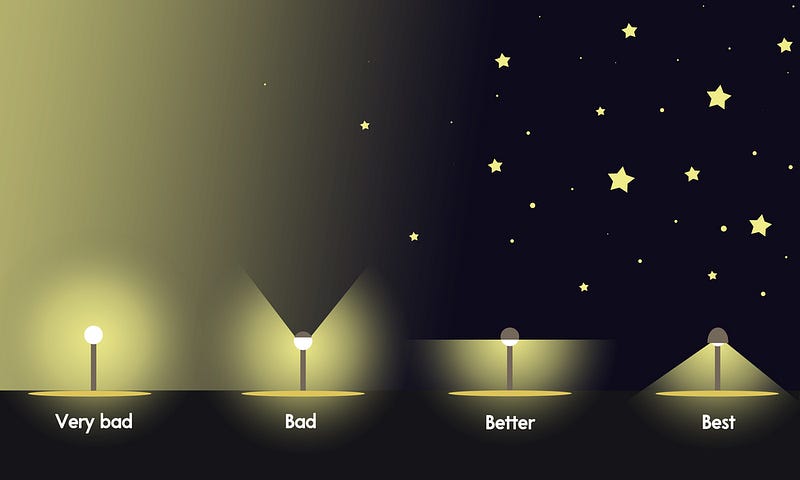
Cities can also implement strategies to address light pollution, such as:
- Developing urban lighting plans that consider the needs of local flora and fauna.
- Adopting lighting technologies that minimize disruption.
- Turning off lights in low-traffic areas during the night.
- Using sensors to activate lights only in the absence of natural moonlight.

In conclusion, light pollution poses serious threats to both wildlife and plant life, ultimately disrupting the delicate balance of ecosystems. Collective action, informed planning, and awareness can help alleviate these effects.
Do you have additional suggestions for reducing light pollution? Please share your thoughts in the comments!
Credit
This article draws from the research conducted by Katabaro, J. M., Yan, Y., Hu, T., Yu, Q., & Cheng, X. (2022) on the impact of artificial light at night on ecosystems.